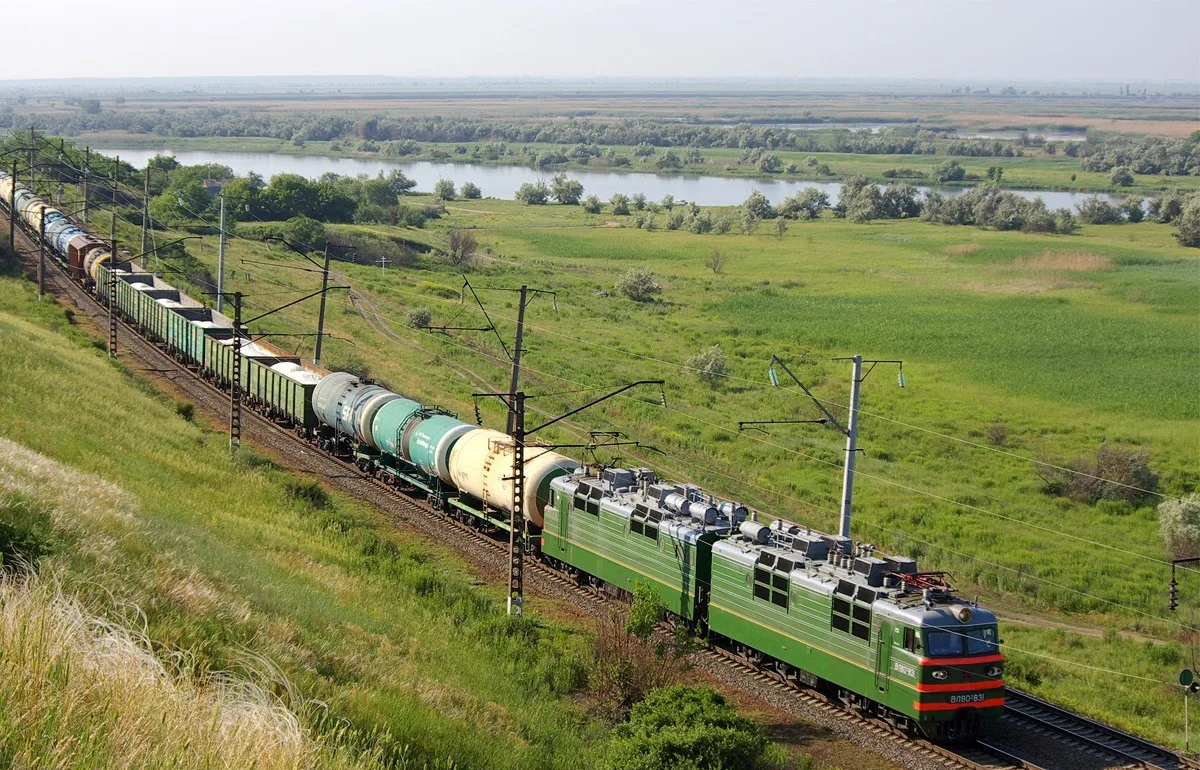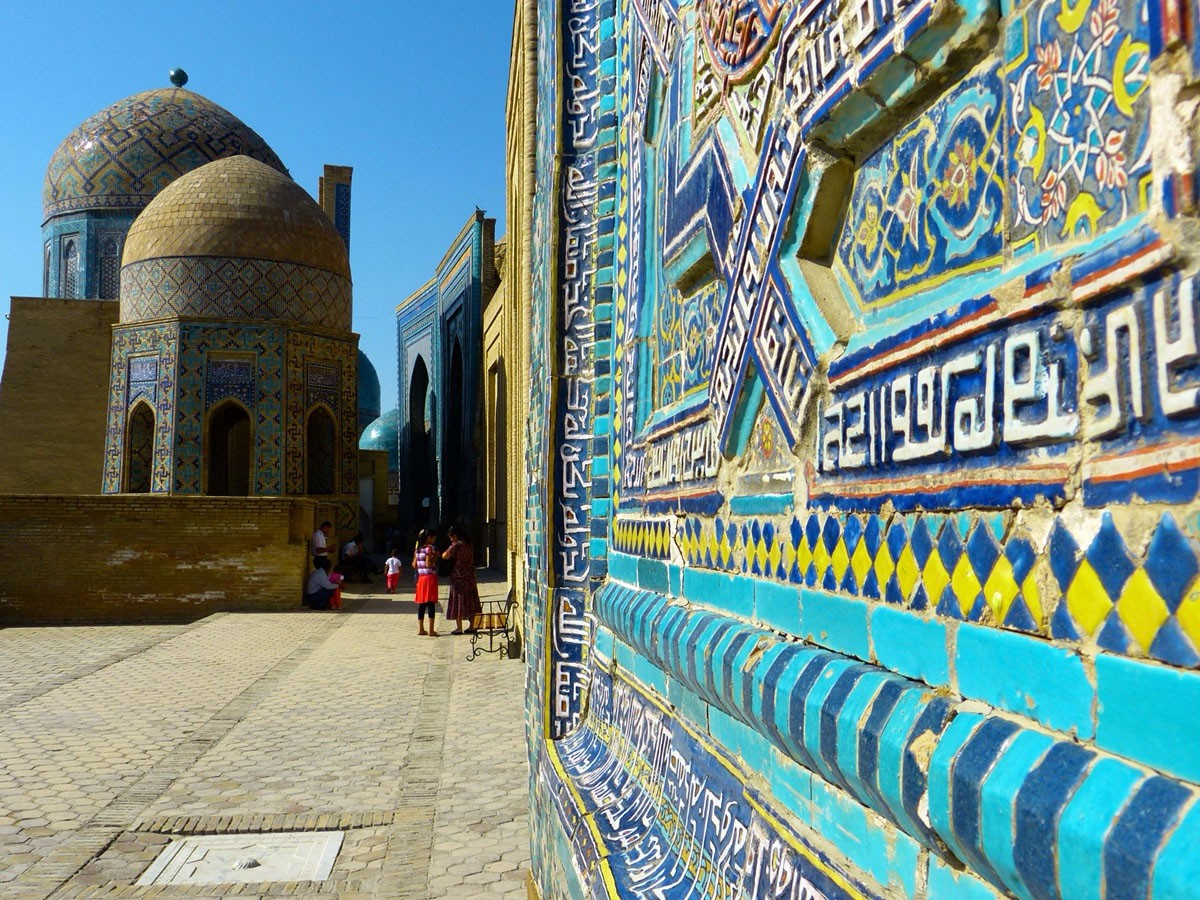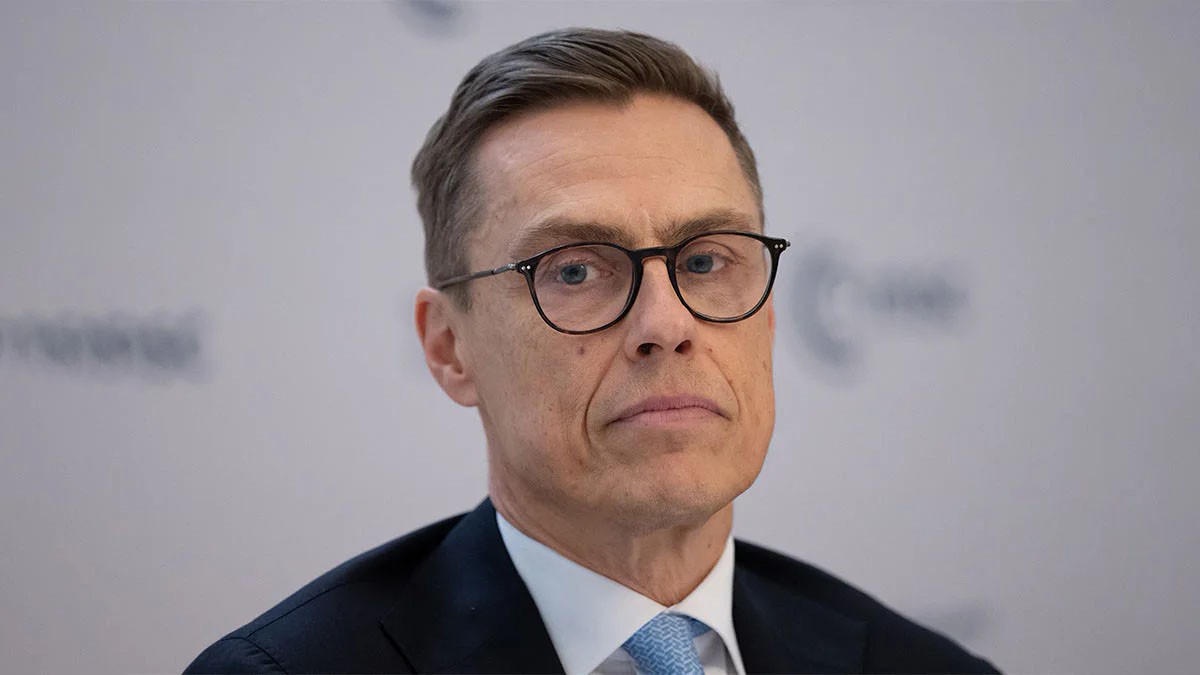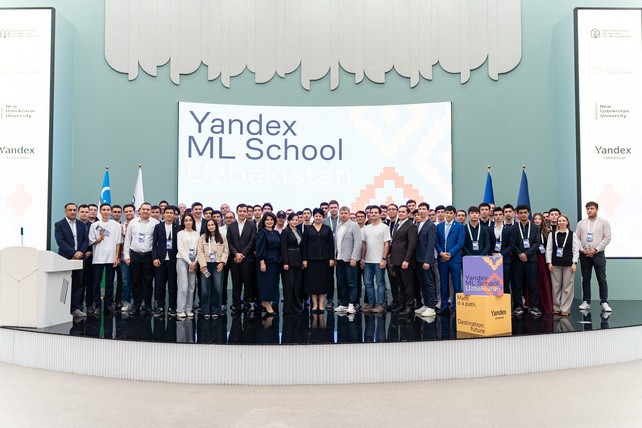According to the results of January–April 2025, the construction industry of Uzbekistan recorded a steady increase in the share of specialized construction works, which accounted for 10.7% of the total volume of construction activity. Such data was provided by the Committee on Statistics, reflecting changes in the structure of capital investments and the complexity of construction projects throughout the country.
Tashkent-focus of technological concentration
The largest share of specialized construction works is observed in the city of Tashkent — 17.8%, which is logically explained by the high density of capital construction, large-scale infrastructure projects and active development of urban space. This also reflects the growing demand for integrated technology solutions and professional contracting services in the metropolitan area.
This is followed by Namangan region with an indicator of 14.4% and Kashkadarya region — 12.1%, which indicates the growing level of technical complexity of projects in these regions. Such values reflect not only the scale of work, but also the transition to a more professional construction model with an emphasis on engineering networks, facade technologies, system communications and other highly specialized areas.
Regional cross-section: growth centers and lagging zones
Regional analysis shows heterogeneity of development:
- Bukhara (11.3%) and Tashkent (11.1%) regions show strong growth rates, which indicates a balanced development model — from general construction to technically complex facilities.
- The Republic of Karakalpakstan (8.8%), Andijan Region (8.6%) and Navoi Region (7.2%) remain in the national average range.
- At the same time, Samarkand (3.9%), Khorezm (4%) and Ferghana (5.4%) regions show relatively low values, which may indicate the preservation of traditional construction methods and the limited presence of specialized contractors.
The growth in the share of specialized construction works is a marker of the transition of the construction industry of Uzbekistan to a new technological level. He points out the complexity of architectural and construction solutions, increasing requirements for quality, energy efficiency and integration of engineering systems.
In the long run, this trend contributes to:
- development of the professional construction sector;
- growing demand for highly qualified personnel;
- strengthening the regions ' positions as investment-attractive sites with ready-made technical infrastructure.
Effectively balancing the regional imbalance will require further incentives for specialized construction outside the largest metropolitan areas, as well as support for investment in local design and engineering technologies.











